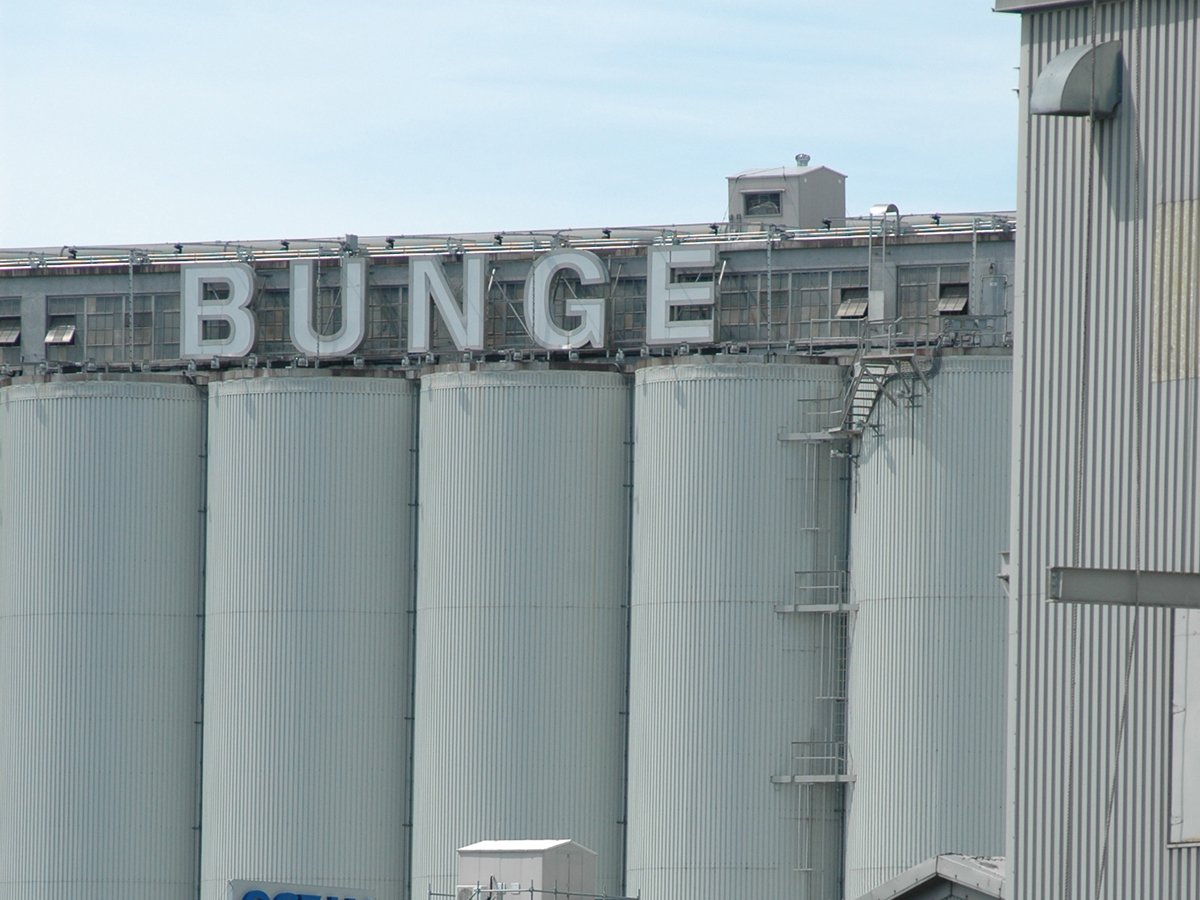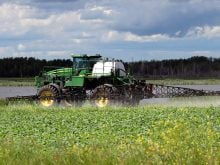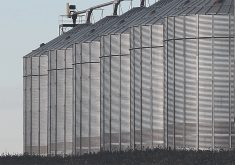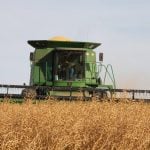University researcher tells House agriculture committee that Canada’s food security could be at risk if it isn’t competitive
REGINA — The head of the Agri-Food Analytics Lab at Dalhousie University says the carbon tax should be removed from all players in the food chain.
Sylvain Charlebois told the standing agriculture committee he had recommended this earlier, during testimony at the finance committee. He said the tax should be paused “for all companies related to the food industry overall because we don’t know exactly how the carbon tax will impact the industry’s competitiveness over time.”
The agriculture committee is studying food price stabilization, and Charlebois said he couldn’t correlate the carbon tax to rising food retail prices but he is concerned about its cumulative effect.
Read Also

Bunge’s crop mix is changing
Bunge has predominantly been a soybean processing firm, but that’s about to change after the merger with Viterra with softseed processing and grain merchandising gaining ground.
Last fall he told the finance committee asking whether the carbon tax serves as a convenient scapegoat for high food prices isn’t the right question. Instead, the question is whether it negatively effects competitiveness.
“Unfortunately, comprehensive analyses in this regard have been lacking, and much of what we have encountered appears to be influenced by biased narratives,” he said then.
Dalhousie bases its research on industrial and wholesale prices rather than retail, and Charlebois said there are “noteworthy disparities” between Canada and its main trading partner to the south, where there is no carbon tax.
Liberal MP Leah Taylor Roy asked why food prices are not expected to go up more than they did last year if the carbon tax is rising and a factor in higher prices.
The lab has forecast food prices will rise 2.5 to 4.5 percent in 2024, which is less than 2023.
“The rhetoric around the carbon tax is a bit misleading,” Charlebois said.
“Most people are talking about retail, but a lot of things can happen in retail. Consumer behaviour can impact food prices, the weather can impact food prices. So it’s very difficult to correlate retail prices with policies such as the carbon tax.”
However, as the industrial price gap between Canada and the United States widens, there is concern.
“That means we could compromise Canada’s food security over time if we don’t necessarily allow the food industry to adapt and adopt green technologies to decrease the industry’s carbon footprint,” he said.
Charlebois said he is not opposed to a carbon tax and doesn’t believe it should be scrapped, but the pace at which Canada is trying to decarbonize the economy might just be too fast.
He also reiterated what he has said before: grocers are not profiteering. Some witnesses at the ag committee hearings claimed grocers are consistently reporting record profits so must be gouging consumers.
“It is crucial to understand that due to inflation, companies should naturally report higher profits in nominal dollars each year,” he said.
Charlebois is concerned about copycatting, price co-ordination and discount alignment among grocers and said the Competition Bureau should more actively monitor potentially anti-competitive behaviour.
Both Charlebois and Canadian Federation of Agriculture president Keith Currie said a grocery code of conduct is crucial.
Charlebois said it should be a priority if the committee is serious about achieving long-term food price stability.
Currie said the code and an exemption from the carbon tax through the original Bill C-234 are clear requests from producers. He said farm profits don’t increase with the price of food, and that’s a myth he wants dispelled.
Meanwhile, Karl Littler, senior vice-president of public affairs at the Retail Council of Canada, said grocer gross margins remain between two and five percent, and those figures are dwarfed by the profits of manufacturers.
He objected to grocers portrayed as “cartoon villains.”
“What the political opportunists would rather not do is acknowledge how very little grocers actually have to do with food price inflation and admit that the overwhelming portion of the run-up in food prices occurs earlier in the supply chain at the producer and processor level.”
Littler said almost 80 percent of a food’s price is determined at the vendor level before the product hits store shelves.
















